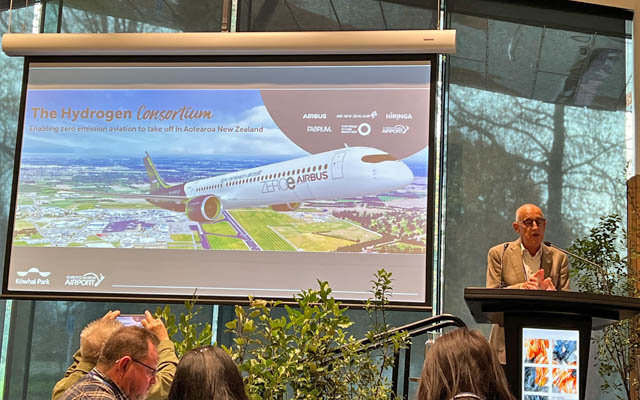
Christchurch Airport is working tirelessly to restore air links, update hardware and advance on sustainability goals – all to ensure the country has a healthy second airport.
Scott Callaway, general manager, trade development, Christchurch Airport, said a reliable second airport is crucial in the event of weather incidents.

Callaway said: “We need to work hard to build our international arrivals up, as they are of high value to New Zealand and the South Island.”
Christchurch Airport is the gateway to South Island, which is working to achieve 40 per cent of international arrivals to New Zealand.
In 2019, Christchurch Airport welcomed seven million passengers a year.
“We did some research previously, and for every dollar we bring into the economy, NZ$50 (US$31.70) is spent downstream, and that is a big multiplier that goes beyond Christchurch and spread throughout the South Island,” added Callaway.
When asked about air links with China, he said the airport currently has an “undertaking from China Southern Airlines”.
He said: “China is really important to the South Island and Christchurch Airport. We’ve done a lot of work in marketing (to the Chinese market), such as partnering with Alibaba. Our expectation is that it will come back strong. (For now), it is still quite early in its recovery.”
There are also discussions with Singapore Airlines and Emirates, two carriers that are crucial in bringing in international visitors. Unfortunately, ticket prices on both carriers are sky high, driven up by pent-up demand from both business and leisure travellers.
“At some point in the next six to 12 months, we should see a softening in pricing. The demand will still be high, but I think that (the current pricing) is temporary,” he opined.
In addition to sustainability initiatives in place since 2016 – such as hand-sorting rubbish and introducing electric vehicles – Christchurch Airport is also exploring the feasibility of electric planes. In fact, New Zealand’s first two-seater electric plane was assembled in Christchurch.
“The future of aviation is on everybody’s mind. Although we don’t believe that electric planes have a huge place in the future, their technology is something worth exploring,” Callaway remarked.
More crucial in the airport’s sustainability efforts is the Hydrogen Consortium announced in February 2023, where the vision is to support the country in pioneering the commercial deployment of green hydrogen-powered aircraft. Consortium partners include Christchurch Airport, Airbus, Air New Zealand, global green energy company Fortescue Future Industries, next generation energy company Hiringa Energy, and liquid hydrogen solution pioneers Fabrum.
“The cost of producing hydrogen and delivering it to the aviation industry is a consideration. (We are looking into) producing our own hydrogen, which will lower the cost as it is a complex material to transport. If we can start producing it, we get an economic advantage,” he pointed out.
The first phase will focus on research, which will be completed by the end of 2023. The second phase will focus on whether hydrogen aircraft test flights can be held in New Zealand.




















